Pan Am Games Athletes' Village
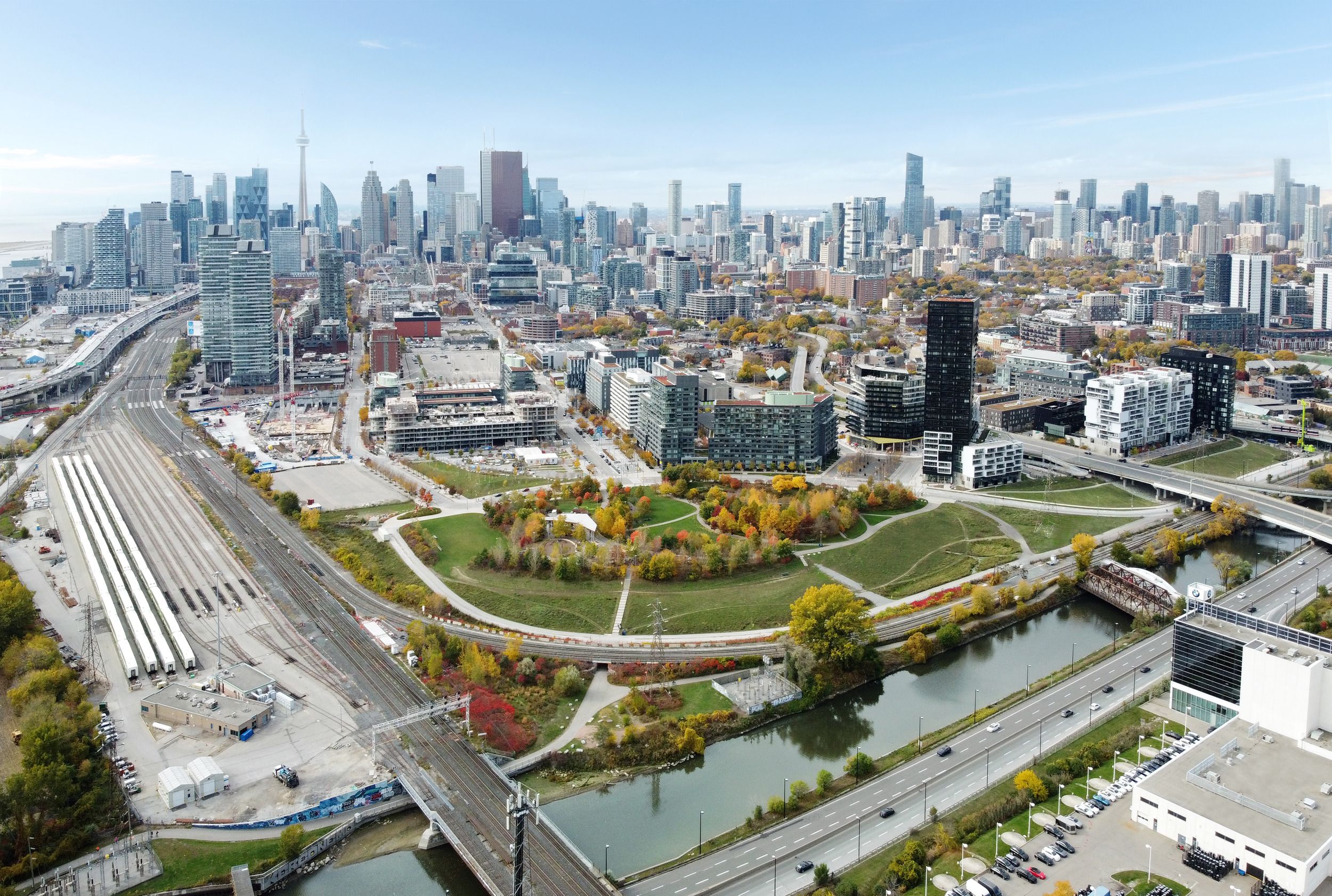
Pan Am Games Athletes' Village

From the outset, we approached the Athletes' Village not as a temporary Games venue, but as the foundation for a lasting community. Our master plan anticipated its evolution from housing 8,500 athletes to welcoming families with flexible units and adaptable spaces that could easily shift from Games-time amenities to everyday residential life. This approach ensured that the investment in infrastructure would benefit Toronto residents for generations, transforming once-industrial riverfront lands into one of the city's most vibrant neighbourhoods.
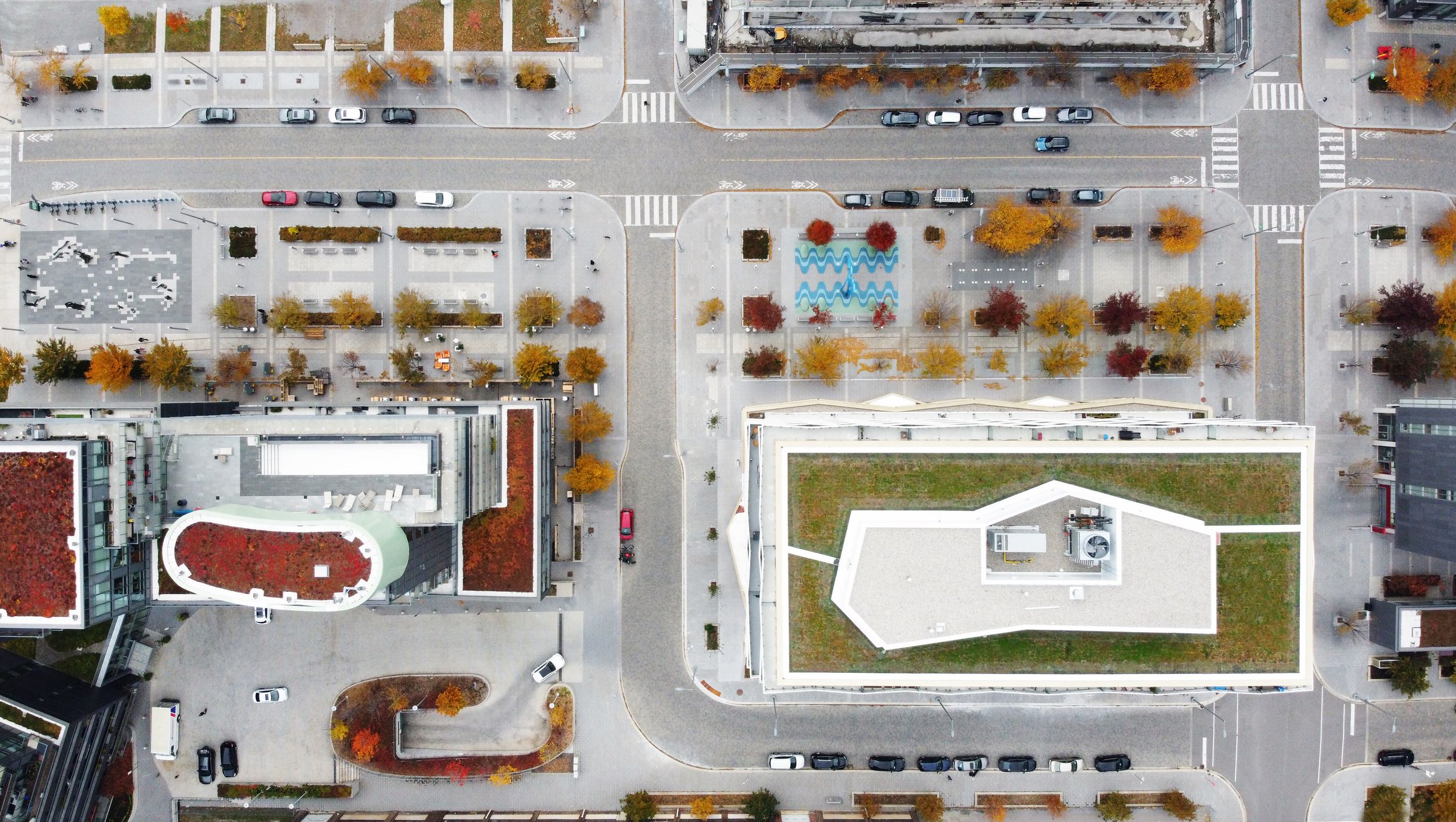
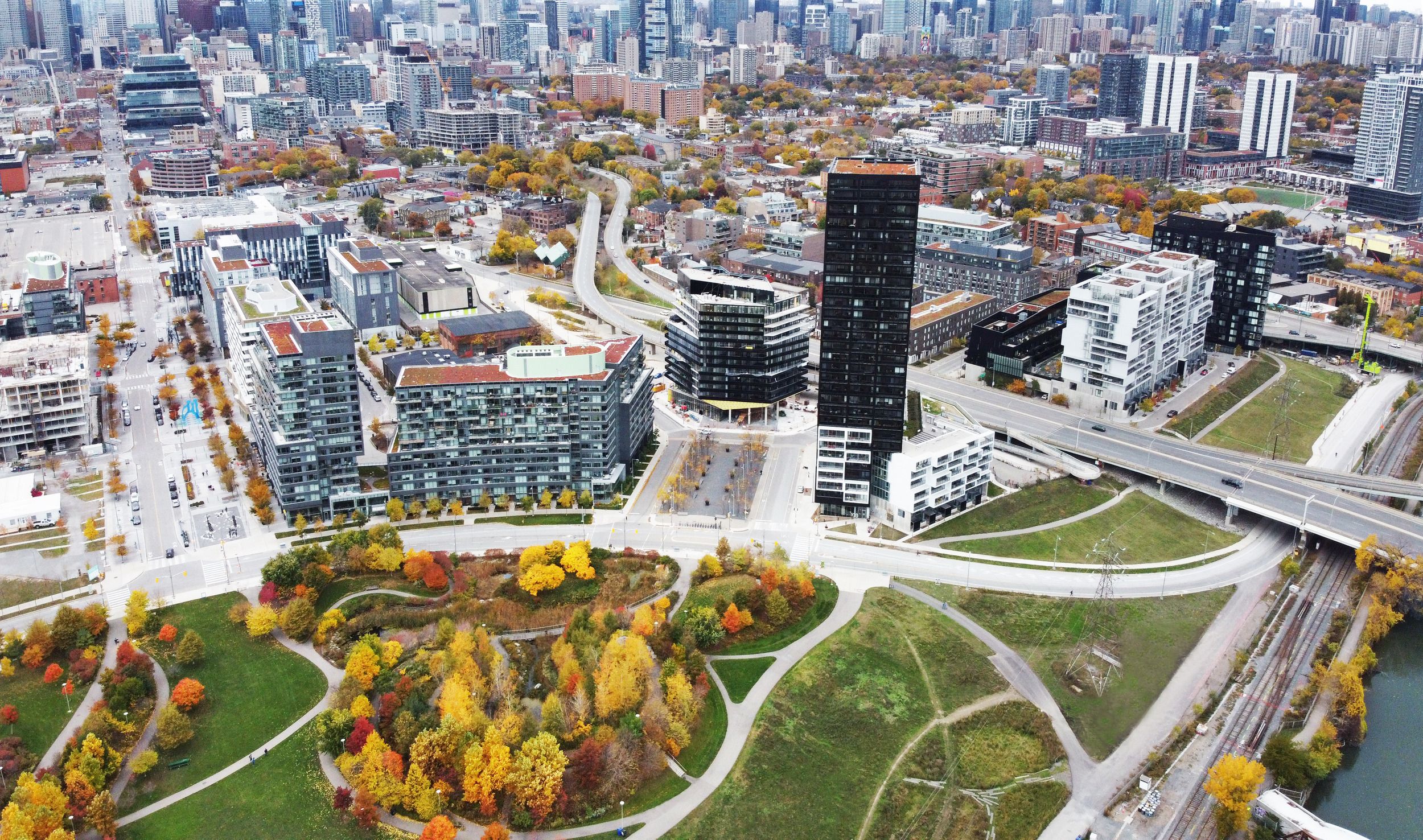
The Village's success as both Games venue and lasting community has catalyzed broader transformation throughout the West Don Lands. The award-winning YMCA and George Brown College anchor one block, while subsequent developments like River City and the precedent-setting Corktown Common urban park demonstrate how our original master plan framework continues to guide thoughtful growth.
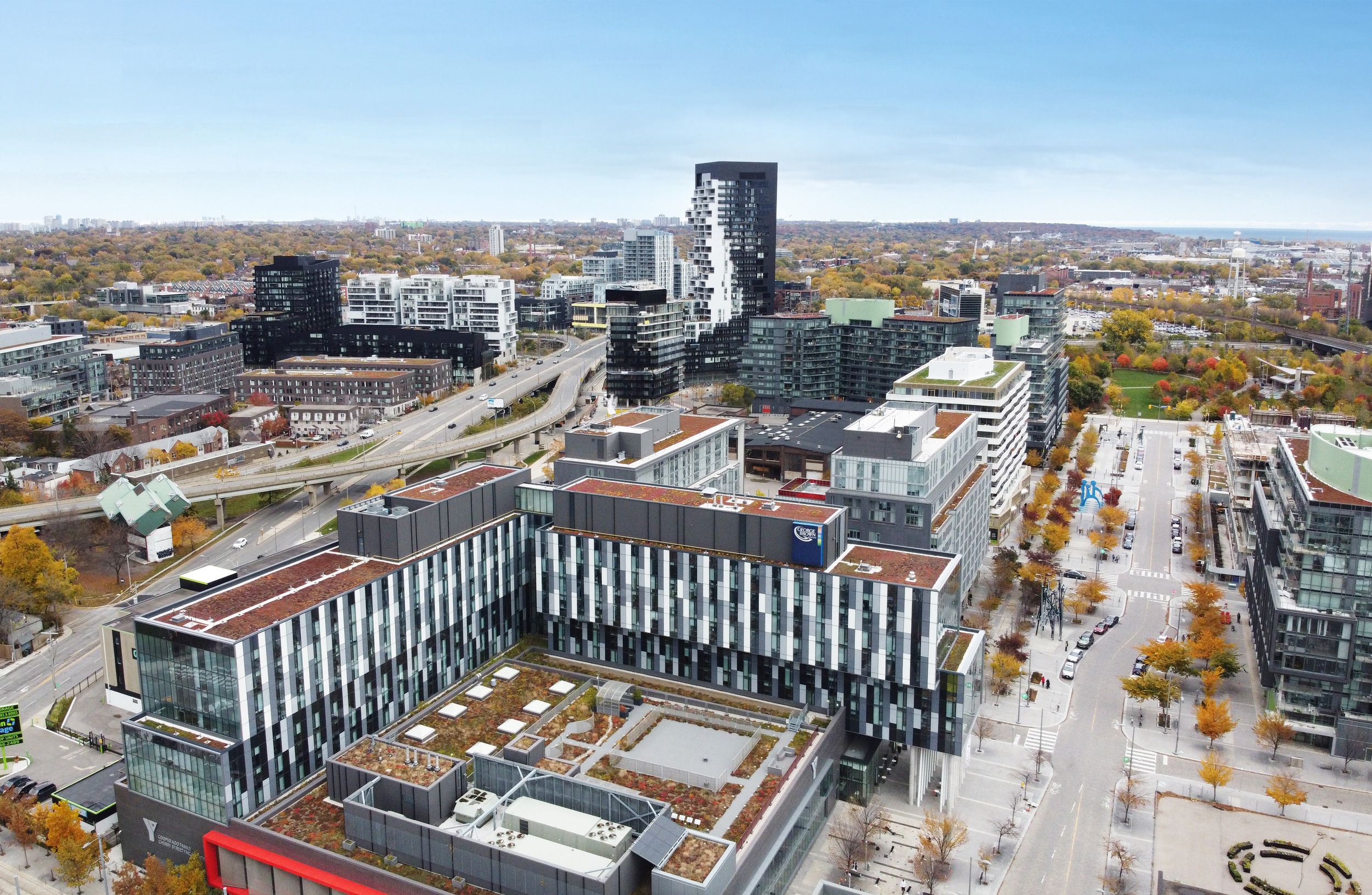
Each new phase builds on the original planning principles: connecting with the river landscape, blending uses to create vibrancy, and shaping public spaces that bring neighbours together.
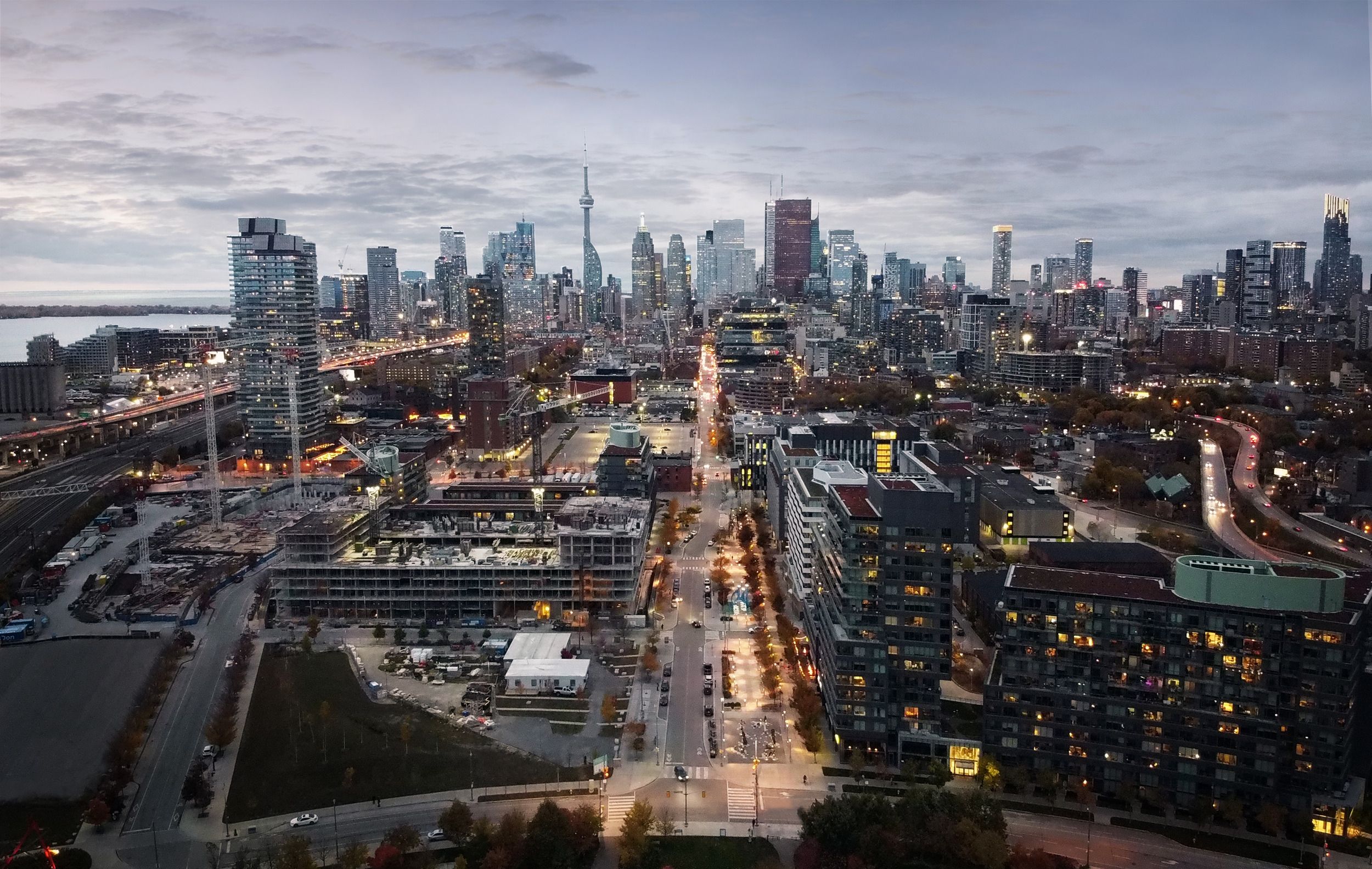
The Athletes' Village proves how major sporting events can be catalysts for lasting urban renewal when guided by community-focused vision. By designing eight blocks of mixed-use housing - combining market-rate and affordable options - we created economic diversity and lasting beauty. The successful shift from Games facility to vibrant neighbourhood highlights how strategic planning can turn a temporary opportunity into a permanent community asset, establishing a model for a regenerative development cities around the world continue to learn from and adapt.